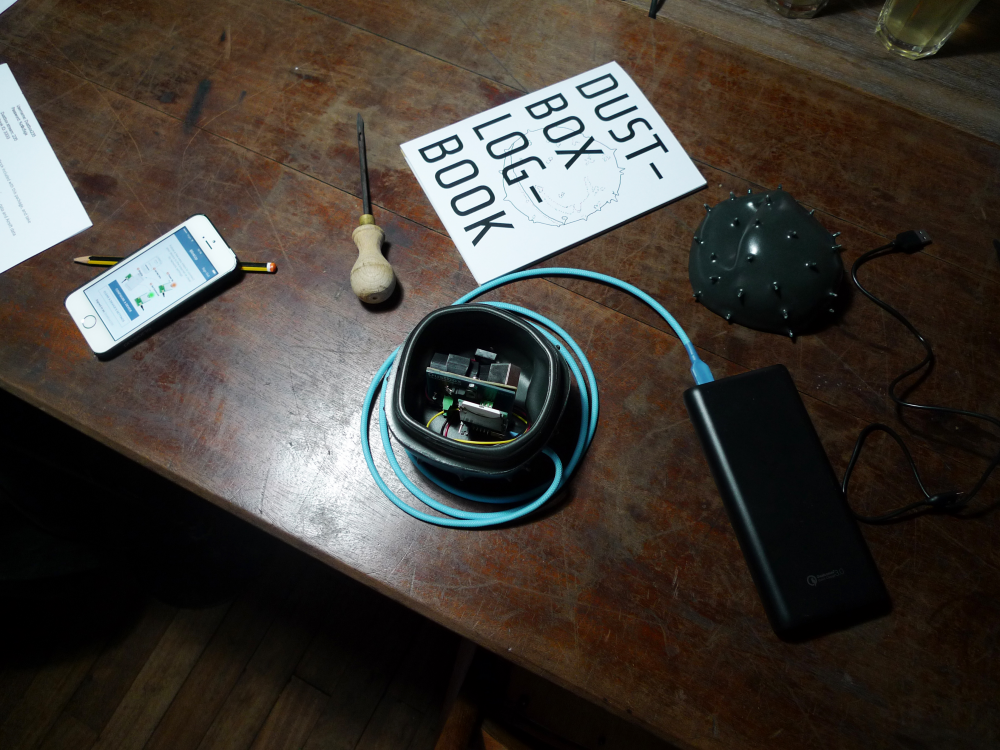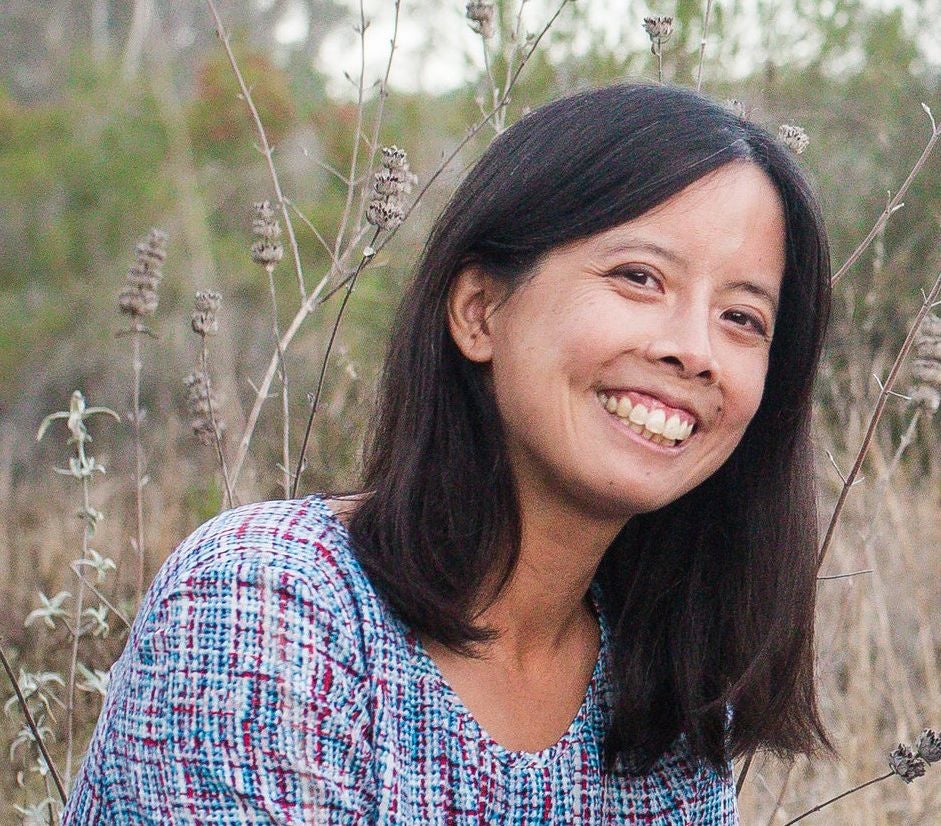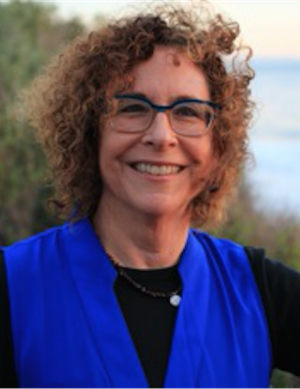
Where Media Meets Environment


Many media outlets — especially those on television — tend to reflexively reduce complex controversies into simplistic binary choices.
“Sometimes the talk show media will frame issues as ‘The Warming Earth: Hoax or Science?’ or ‘Desertification: Natural or Man-Made?’” said Janet Walker, a professor of film and media studies at UC Santa Barbara. “As many of us realize, things are a lot more complicated than that.
“Humanities scholars,” Walker added, “tend to be good at coming up with questions that help us move off of those fixed, narrow, problematic debates.”
Providing such scholars a platform is a key goal of the new open access online journal Media+Environment. Walker is one of three editors-in-chief, along with her UC Santa Barbara colleague Alenda Chang and Adrian Ivkahiv of the University of Vermont.
The UC Press journal, which is free to all, will feature work from a wide range of contributors from inside and outside academia. The editors are casting a wide net to find creative takes on how media shapes our understanding of environmental issues, and how it impacts the environment in both positive and negative ways.
“We want to reach a large audience — not just people who read traditional academic journals,” said Chang, an associate professor of film and media studies. “We don’t want to just have traditional scholarly essays. We want contributions from artists, filmmakers, activists and people from across the humanities and social science spectrum.”
The first issue, or “stream,” provides an example of the journal’s eclecticism. It includes a report on the “Purple Air” network of air-quality censors, plus an interview with a prominent Chilean-Mapuche filmmaker and social activist. The latter was conducted by UCSB graduate student Stephen Borunda, the journal’s coordinating editor; it is posted in both English and Spanish.
Also featured is a piece that describes “how Chinese workers in interactive-media factories, who are laboring under exploitative conditions, have turned to mobile phone poetry,” said Chang. “There’s an anthology of poetry that was composed on cell phones. It has become something of a viral sensation, and a memorial to worker suicides.”
As those examples suggest, the editors are committed to producing a journal in which the views expressed are not strictly from a North American or European perspective. They’re also defining “media” quite broadly.
“We’re trying to be very expansive about both terms, ‘media’ and ‘environment,’” said Chang. “Our mandate is not just to evaluate the efficacy of traditional mass media in terms of representing environmentalist agendas.
“The journal draws on various definitions of ‘media,’” she continued, “such as the idea that a medium is something that intervenes between other things — the root of the word ‘mediate.’ Media can be agents of change and transformation.”
Walker pointed to a phenomenon many Santa Barbara-area residents have firsthand knowledge about: The maps that local public safety agencies now routinely post online in the event of a major emergency such as a wildfire or debris flow. When those maps are inaccurate or out of date, the consequences are potentially catastrophic.
“That’s an example of how media don’t just report, but actually affect a situation,” said Walker. “That’s the kind of thing we are interested in. Media might seem to merely record or communicate, but they are actually a key part of social and material environments.”
Social media can help people communicate in such situations, but it can also spread disinformation, especially about complex topics such as climate change. The journal will explore that topic, as well as the environmental damage caused by media itself, such as its intense use of energy, and the problem of e-waste disposal.
“We tend to think of the internet as resource-free, but it isn’t,” said Walker. “The question for many of us is how to make more efficient, and less resource-intense, the forms through which we understand and negotiate our being in the world.”
Along with the journal, the editors plan to introduce a blog and create a platform for talkbacks. “We hope to also be a forum for discussions, so we have a better sense of how people are receiving this information and what they would like to see,” Walker said.
Media+Environment is the UC Press’s first and only open access journal in the humanities. The bulk of its startup and continuing funding came from UC Santa Barbara’s Carsey-Wolf Center; the editors are committed to raising funds to keep it free and accessible to all.
“I would consider it a success if we look back and see that we have promoted the work not just of senior scholars, but of up-and-coming scholars and independent researchers who are offering interesting and provocative insights about the contemporary media or environmental landscapes,” Chang said. “The journal is invested in promoting new and different voices.”



